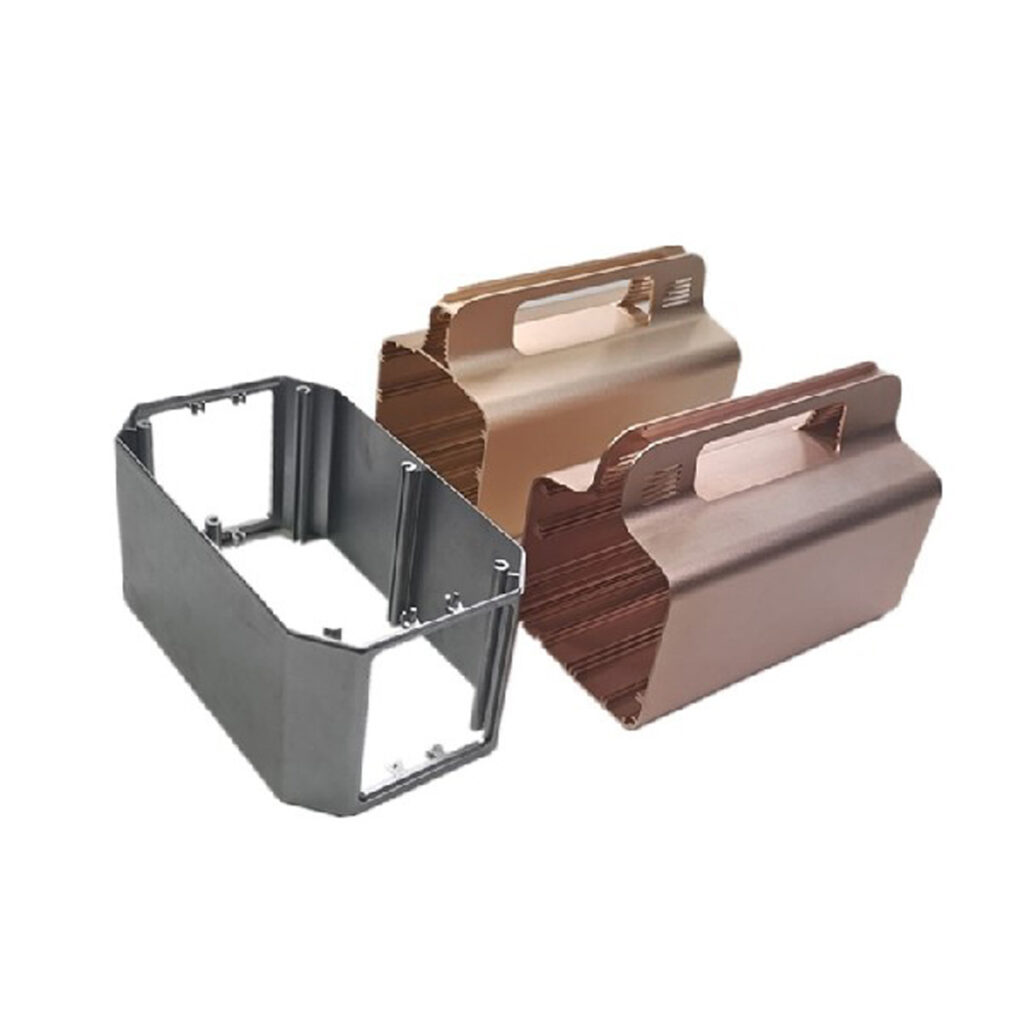Introduction
In the competitive world of high-end electronics, surface finishing isn’t just about aesthetics—it’s a critical defense against corrosion, wear, and signal interference. While most manufacturers settle for conventional anodizing or plating, 90% of Tier-1 electronics brands rely on military-grade passivation for mission-critical components.
As an ITAR-registered supplier to defense and medical device companies, we’ll reveal:
✔ The science behind MIL-STD passivation
✔ 7 measurable advantages over standard treatments
✔ Real-world case studies from aerospace and consumer electronics
1. What Makes Military Passivation Different?
1.1 Chemical Process Comparison
| Parameter | Commercial Passivation | MIL-STD Passivation |
|---|---|---|
| Standard | ASTM A967 | MIL-DTL-5541F |
| Bath Temperature | 20-30°C | 50-60°C |
| Immersion Time | 20-30 min | 45-120 min |
| Rinse Control | 3 DI washes | 5 DI washes + N2 drying |
Key Differentiator:
Military specs require X-ray photoelectron spectroscopy (XPS) to verify oxide layer composition—commercial processes skip this.
2. The 7 Unbeatable Advantages
2.1 Corrosion Resistance
- Salt Spray Test Results:
- Commercial: 500-800 hours (white corrosion)
- MIL-Spec: 3000+ hours (no base metal attack)
Electronics Case Study:
GoPro camera mounts survived 2 years in marine environments after switching to Type II Class 3 passivation.
2.2 Electrical Performance
- Surface Resistance: Maintains <10 mΩ/sq vs anodizing’s 100+ mΩ/sq
- Critical for:
- 5G antenna contacts
- Medical probe connections
2.3 Adhesion Strength
| Coating | Peel Strength (N/cm) |
|---|---|
| Standard | 15-20 |
| MIL-Spec | 35-50 |
Why It Matters: Prevents delamination in vibration-heavy applications (drones, automotive sensors).
3. Material-Specific Formulations
3.1 Aerospace Aluminum (6061-T6)
- Process: Chromate conversion coating (MIL-DTL-5541 Class 1A)
- Key Benefit: Self-healing properties repair micro-scratches
3.2 Medical Stainless Steel (316LVM)
- Process: Nitric acid passivation per AMS 2700
- Validation: 72-hour immersion in 5% NaCl shows zero pitting
3.3 Copper RF Components
- Process: Benzotriazole (BTA) inhibitor layer
- Result: 10X longer solderability vs traditional anti-tarnish
4. Electronics Industry Applications
4.1 PCB Shield Cans
- Problem: Conventional coatings caused signal loss >3dB @ 28GHz
- Solution: MIL-C-5541E passivation maintained insertion loss <0.5dB
4.2 Wearable Device Housings
- Challenge: Sweat corrosion in smartwatch cases
- Fix: Type III chromate-free passivation passed 168-hour artificial sweat testing
4.3 Data Center Connectors
- Failure Mode: Fretting corrosion from vibration
- Result: MIL-DTL passivated contacts showed <0.5mΩ resistance change after 50,000 cycles
5. The Quality Control Difference
5.1 Commercial vs Military Inspection
| Test | Commercial | MIL-Spec |
|---|---|---|
| Coating Weight | ✕ | ✔ (0.5-2.5 mg/ft²) |
| Hexavalent Chromium | ✕ | ✔ (ICP-MS analysis) |
| Adhesion | Tape test | Cross-cut + humidity cycling |
Our Lab Capabilities:
- Auger Electron Spectroscopy (AES) for oxide layer analysis
- Electrochemical Impedance Spectroscopy (EIS) for corrosion prediction
6. Cost Analysis – Why It Pays Off
6.1 Total Cost of Ownership Comparison
| Factor | Commercial | MIL-Spec |
|---|---|---|
| Initial Cost | $0.25-$0.50/ft² | $1.20-$1.80/ft² |
| Field Failures | 8-12% | <0.5% |
| Rework Cost | $50-$200/part | $0 |
ROI Example:
Medical imaging company saved $420,000/year by eliminating connector replacements.
7. Implementing Military Passivation
7.1 Qualification Process
- Material Certification (Mill test reports)
- Process Validation (First article inspection per AS9102)
- Lot Traceability (Barcoded tracking per MIL-STD-130)
7.2 Design Guidelines
- Avoid sharp edges (radius >0.5mm)
- Specify passivation callouts on drawings.


